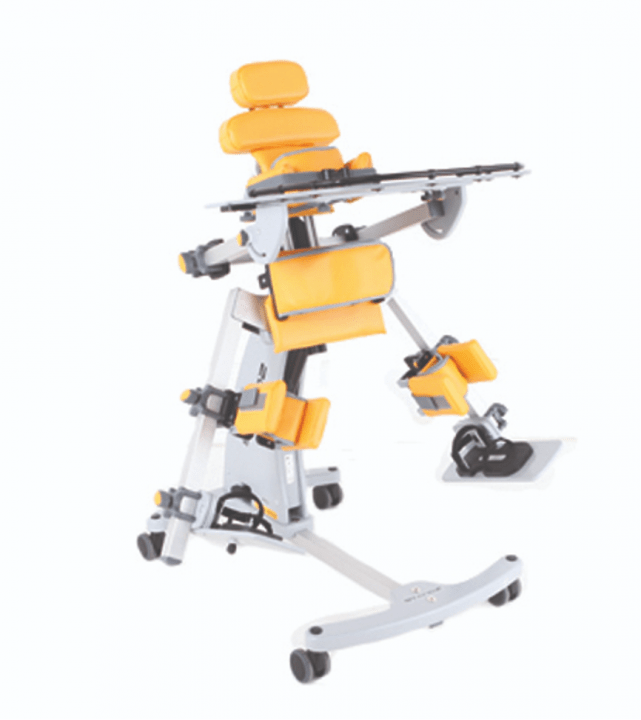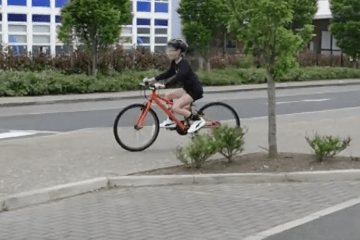NCART Standing Device Funding Guide

This Standing Device Funding Guide is designed to provide clinicians, suppliers and consumers
information and guidance relating to the evaluation process, the product selection, and the
medical necessity documentation required to ensure funding of a standing device.
Standing devices are designed to provide medical and functional benefits to a person who is
unable to stand independently. These benefits include addressing medical needs, improving
body structure and function, as well as increasing activity and participation. The devices are
used by people of all ages and may be a standalone piece of equipment or can be incorporated
into a manual or power wheelchair base. They are considered Durable Medical Equipment
(DME) and categorized as Complex Rehab Technology (CRT).
These devices must be individually assessed and configured for best outcomes. The processes
outlined herein should be used when prescribing the standing devices listed. Detailed and
thorough documentation of the medical necessity for a standing device is critical to secure
funding.
The information contained in this Guide will assist in ensuring that all required information is
included in the Letter of Medical Necessity (LMN) and other related documentation. The
guidelines are based on generally accepted standards of clinical practice as well as reviews of
available medical literature.
The attached paper provides the evidence backed details to provide insurance when prescribing a Standing Device.
This Evaluation and Funding Worksheet provides clinicians, suppliers and consumers with an outline of the evaluation process to determine the medical justification for a standing device and to determine the most appropriate option to meet an individual's needs.





